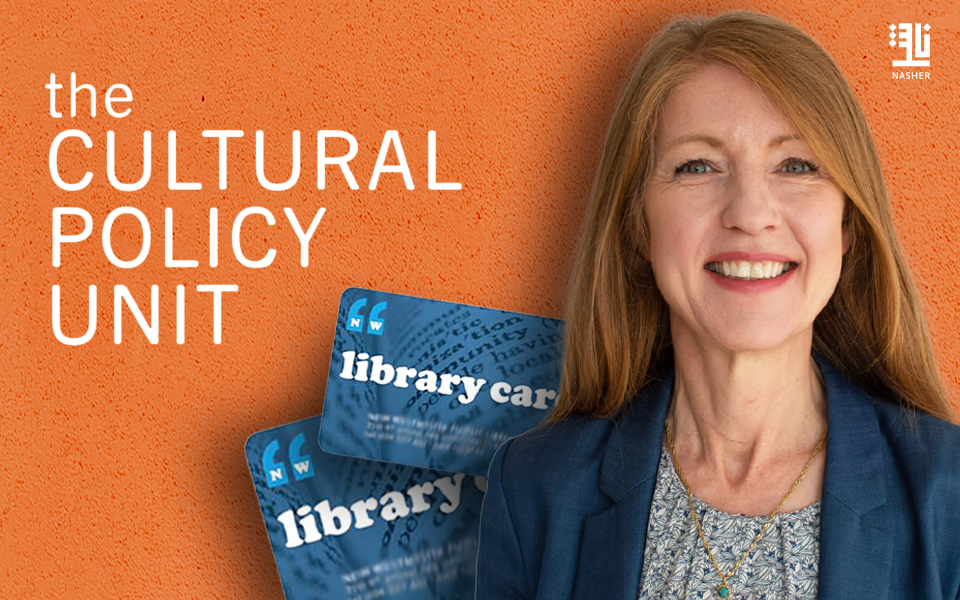This week, we are celebrating the 8th of March by introducing you to some of the most iconic female characters. Join us as we encounter the famous and infamous women of fiction, from Scheherazade to Cleopatra to Jane Eyre. Variously tragic, uplifting or grotesque, their tales are a fascinating record of the depiction of women and women’s lives in literature.
In the following selection, discover our carefully curated range of female literary characters and the writers responsible for bringing their stories to our world.
- Scheherazade in The Arabian Nights
‘. . . I know the risk I run; but that does not frighten me.’
Scheherazade, The Arabian Nights (1825) In the Sasanian Empire, Scheherazade sits at the arm of a king, spinning the stories that will save her life. In the renowned frame narrative of The Arabian Nights, the sultaness is forced to tell her husband a story each night for a thousand and one nights, in the hope of preventing her own murder. Her tales wend from Baghdad to the fabled City of the Magicians, and from China to the middle east. Listen as she unveils the chronicle of Aladdin; or the Wonderful Lamp, Sindbad the Sailor, Beder, prince of Persia and Ali Baba, and the Forty Thieves.
- Cleopatra in Antony and Cleopatra by William Shakespeare
Age cannot wither her, nor custom stale Her infinite variety.
Anthony and Cleopatra, by William Shakespeare. We are two thousand years in the past, in the hot turmoil of Rome, Egypt and the reign of Cleopatra. The infamous queen is in love with Mark Antony, who in turn has become entranced by her. However, as their relationship comes into conflict with the politics of the Roman Empire, the gears of tragedy are set into motion. One of the most memorable female monarchs to feature in the plays of Shakespeare, Cleopatra is portrayed as seductive, powerful and infinitely changeable.
- Elizabeth Bennet in Pride and Prejudice by Jane Austen
‘I am only resolved to act in that manner, which will, in my own opinion, constitute my happiness, without reference to you, or to any person so wholly unconnected with me.’
Elizabeth Bennet, Pride and Prejudice by Jane Austen. ‘There is a stubbornness about me that never can bear to be frightened at the will of others.’ When Elizabeth Bennet utters these words she expresses, unashamed, the pride and fire that have made her a beloved character ever since she first stepped onto readers’ shelves in 1813. Although at times blinded by prejudice, her eloquence makes her an engaging and lively protagonist for Austen’s celebrated novel. As Elizabeth navigates the demands of 19th century courtship, the author’s narration wittily dissects her eccentric, comical and irritable social circle, in particular her relationship with the handsome Mr. Darcy.
- Jane Eyre in Jane Eyre by Charlotte Brontë
‘I laughed at him as he said this. “I am not an angel,” I asserted; “and I will not be one till I die: I will be myself. Mr. Rochester . . .”‘
Jane Eyre, Jane Eyre by Charlotte Brontë. Our next stop brings us to the corridors of Thornfield Hall, where a small grey governess stitches by the fire. Meet Jane Eyre, the unassuming heroine of the renowned novel by Charlotte Bronte. From a childhood in the Lowood Institution to Thornfield Hall – where she meets the dishonest but alluring Mr. Rochester – Brontë tells the story of Jane’s unsettled journey towards happiness. Although a restrained character, her determination to remain mistress of herself through despair, deprivation, abandonment and abuse make her a compelling escort through the author’s tale of love and lies in 19th century England.
- Dinah in The Children of Sisyphus, by H. Orlando Patterson
‘Ambition. She knew she had ambition. They said if you lived in the Dungle long enough there wouldn’t be any ambition left in you. But she had lived there fifteen years and she knew she still had ambition.’
The Children of Sisyphus, by H. Orlando Patterson. Dinah, a prostitute living in the Jamaican ghetto known as the Dungle, struggles to survive in a world of despair, poverty and betrayal. Desperate for escape, she spends her days seeking a life beyond her condition. Patterson’s novel provides an astute analysis of the deprivation and abuses of the ghetto, particularly in the context of the Rastafarian movement.







